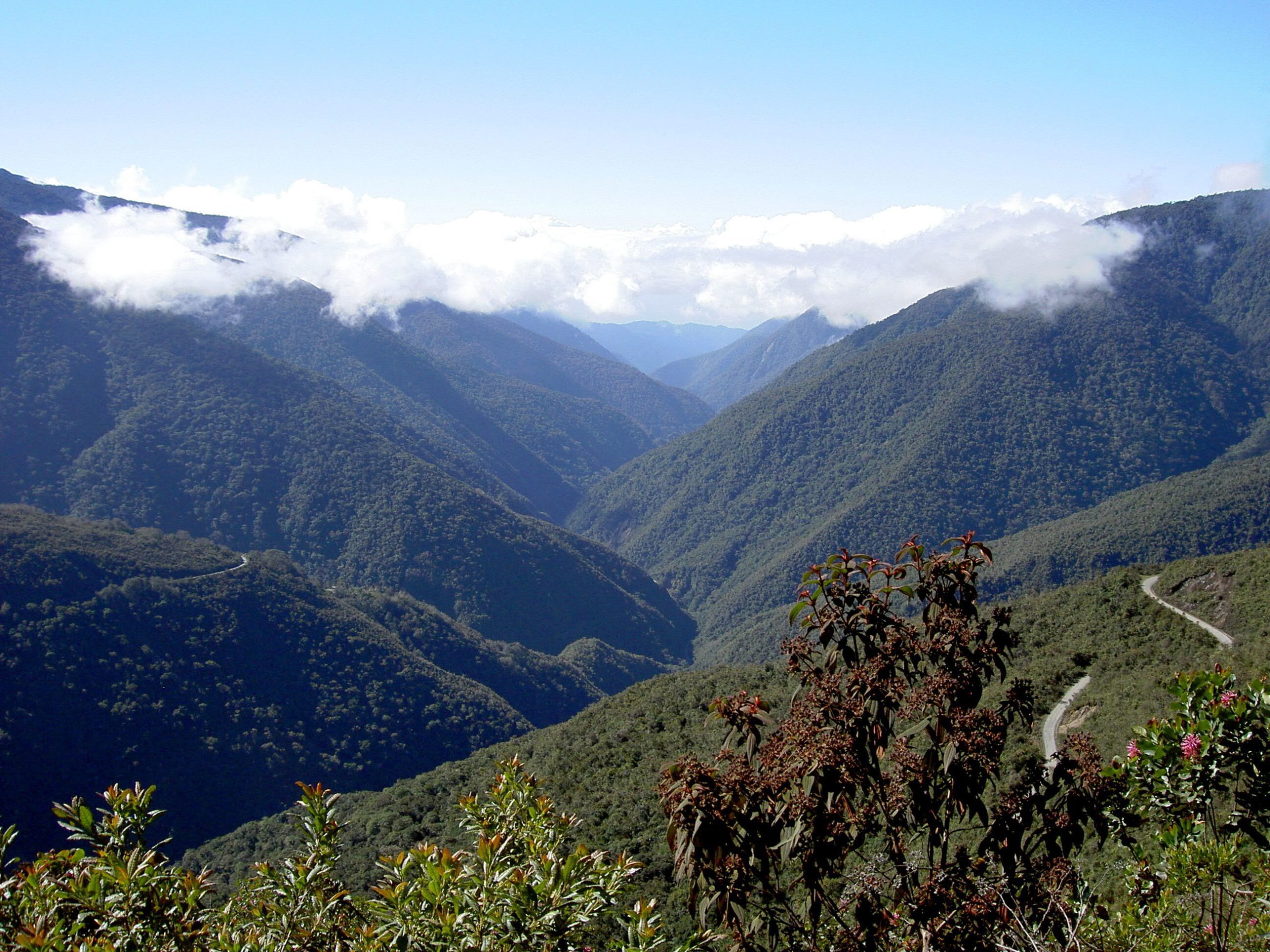

To effectively conserve ecosystems, scientists document and monitor their extent (mapped areas where they occur) and conservation status over time. Combining trends in extent with degree of protection helps to accurately assess the effectiveness of conservation actions. This is what an international research team led by NatureServe and iDiv has illustrated for conservation planning in the most biologically diverse area on the planet, the Tropical Andes. Using pre-industrial and recent maps for ecosystems in the Tropical Andes, the team measured long-term ecosystem loss to intensive land uses. They then quantified the representation of ecosystem types in the region within current protected areas and additional representation offered by protecting Key Biodiversity Areas.
Findings revealed that only five of 95 ecosystem types within the Tropical Andes hotspot have at least 30% of their area protected—the target percent of land and waters that all countries should conserve by 2030, as advised by the Convention on Biological Diversity. However, the number of ecosystem types adequately protected could increase to 39 when considering ecosystems across Bolivia, Ecuador, Colombia, and Peru if governments and civil society act to protect Key Biodiversity Areas—places that meet the internationally recognized standard for sites that contribute significantly to the global persistence of biodiversity.
The researchers arrived at this conclusion by applying the concept of Essential Biodiversity Variables (EBVs), which assist in measuring different aspects of biodiversity relevant to conservation assessment, planning, and policy. Analyses based on EBVs help to create a baseline for assessing change in terrestrial ecosystems to measure the impact of national policies and gauge progress of commitments toward conservation goals.
“From this study, we can see where some ecosystems have been disproportionately lost to intensive land uses,” says Pat Comer, lead author of the study and Chief Ecologist at NatureServe. “We can also see where some of our investments in land conservation have done well at securing some ecosystems while doing less well with others. By recognizing and conserving the full diversity of ecosystems, we conserve the natural setting for all species to survive and evolve.”
Development of the EBVs involved hundreds of people over many years, including local collaborators from the Tropical Andes and included many scientists and community members who participated in regional and national workshops in Colombia, Ecuador, Peru, and Bolivia.
“This EBV indicator links conservation goals at the global, national, and local levels. More importantly, the EBV responds directly to the needs expressed by people in these countries,” says second author Dr. Jose W. Valdez, a postdoctoral researcher at MLU and researcher at iDiv. “Using an EBV framework can help bridge the gap between scientists and local communities and be a valuable tool to protect ecosystems and species diversity around the world.”
“While this study focused on the Tropical Andes, the data used to map and analyze ecosystem indicators can inform continental or even global conservation decisions,” emphasizes Dr. Sean T. O’Brien, President, and CEO of NatureServe. “This study shows that while we have not yet adequately protected all natural ecosystems, we are able to improve the representation of ecosystem diversity if we protect our natural areas.”
The research was published in Remote Sensing.
At least 44% of Earth’s land requires conservation to safeguard biodiversity and ecosystem services
Patrick J. Comer et al, Conserving Ecosystem Diversity in the Tropical Andes, Remote Sensing (2022). DOI: 10.3390/rs14122847
Provided by
German Centre for Integrative Biodiversity Research (iDiv) Halle-Jena-Leipzig
Citation:
Informing future conservation priorities for ecosystems in the Tropical Andes (2022, July 19)
retrieved 19 July 2022
from https://phys.org/news/2022-07-future-priorities-ecosystems-tropical-andes.html
This document is subject to copyright. Apart from any fair dealing for the purpose of private study or research, no
part may be reproduced without the written permission. The content is provided for information purposes only.